The Mediterranean countries are famous for their climate, their environment and offer a welcoming place to live. This leads many people to make the decision to move to Spain as a citizen of the EU (European Union). Europe is the second continent with the most countries in the world, a total of 50, each with its own culture and identity. The closeness between them and their desire to strengthen ties has led to alliances appearing, such as the European Union. This has improved the coexistence of its citizens. An example of this is the ease that the inhabitants of the member states have to move between countries. Their reasons may be for leisure, studies or work. If you want to emigrate to Spain from outside the EU, our colleagues at the PCE Selectivity School have prepared this article.
At Luis Vives Spanish School for Foreigners we know that the process you must go through to live in Spain can be confusing. For this reason, we have decided to use our 25 years of experience guiding our foreign students. In this article we offer you a guide to moving to Spain as a citizen of the European Union. So, if you live in a member country of the Community, the European EAA or in Switzerland, we encourage you to continue reading! And if you prefer, take this guide with you PDF.
What should you know before moving to Spain from the EU?
If you are thinking about moving to Spain as an EU citizen, you should take into account some questions:
- How long: It is important that you decide if you are going to spend less or more than 90 days before traveling. The number of documents you must present will depend on the length of time you want to stay in Spain.
- Budget: Save enough money in the months before your trip to be able to cover any extra expenses at the beginning of your stay.
- Language: We recommend that you start learning Spanish as soon as possible. You will be able to integrate more quickly and it will be easier for you to carry out the procedures. For this, what better place than our Spanish school, located in the heart of the country's capital. With our experience and professionalism, endorsed by the Cervantes Institute, you will achieve a high level in a short time.
- The plan: It is recommended that you plan your trip months in advance. You must find a place to live and find out what documentation you will need. For this reason, many foreigners decide to look for an agent to help them in the process.
- Studies or work? If you are a student, you should find out about the studies you are going to take and how to access them. In this case, we recommend that you take a look at the post made by our colleagues from luis-vives.es. In addition, they can help you adapt to the level of the Spanish educational system.
What documentation do I need to move to Spain as an EU citizen?
The first thing you should know is that Citizens of community states and equivalents do not need a permit or visa to live or work in Spain. A citizen of the European Union, Norway, Iceland, Switzerland or Liechtenstein will need less documentation to work or study in Spain than one from Japan. Additionally, during the first 90 days you will only need your country's identity documentation or your passport. During this period of time you will only need documentation (your own social security number) if you are going to work or do a paid internship.
However, If you want to stay more than three months within the country you will have to process registration as a citizen of the European Community. The EU registration certificate allows you to study and work, as well as carry out paid internships. It is a simple procedure and once you have all the necessary documentation you can obtain it, generally, within 24 hours of requesting it. However, you must keep in mind that your request will have to be made during the first 90 days from your arrival in Spain.
The steps to obtain your European Union citizen registration certificate and become a permanent legal resident are as follows:
- Find a place to live.
- Register on the registry.
- Get a social security number (only if you are going to work).
- Process the European Union citizen registration certificate.
Find a place to live
In order to obtain the registration certificate as a citizen of the European Union you must prove that you live in Spain. You will need to provide documentation indicating that you own a home, or that you will be renting or living in someone else's home.
- In the case of buying real estate, such as a house or an apartment, you will need to provide the purchase and sale contract for the same. In Spain this document is also known as a simple note. It is also possible to demonstrate this with the deed of the home.
- If you rent a home or room, you will need to provide the rental contract (lease contract). We recommend that it be a long-term rental, more than eleven months, since shorter contracts are not always accepted.
If when you move to Spain as an EU citizen you decide to live with a family member or friend, you must know if they are registered in that home or not, since they will ask you for additional documentation:
- If the family member or friend is registered, you must present their identity document, and they must sign in the authorization section of your registration sheet. You will also have to provide the document that proves you reside in that home (the simple note or the rental contract). It is also recommended that you draft a signed authorization allowing you to reside in your home.
- If you are going to live in the home of a family member or friend, it may happen that they are not registered there. This usually happens if it is not your habitual residence. In this case you must provide some more documentation. In this case, in addition to the documentation mentioned in the previous point, it will be necessary to provide invoices that prove that you are the owner of the property. It is necessary that you draw up an authorization, allowing you to reside in your unoccupied home.
You can start looking for a home before moving to Spain. For this, there are many websites and applications that will allow you to find a place to live. Keep in mind that the industry is generally largely located near large cities, such as Madrid, Barcelona or Vigo.
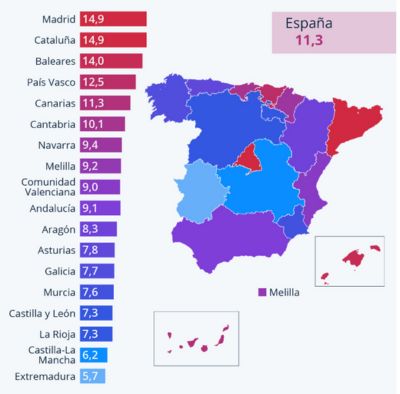
Register on the registry
Once you have found a home, you need to let the authorities know that you will live there. To do this, you need to register in the census or register of the City Council of the city where you are going to live. This process is known as registration. This constitutes another proof that you reside or are going to live in the country, since you have notified the town hall. Below we show you the documentation that you must present:
- You must fill out and present the Individual or Collective Registration form. In some places it is known as the registration sheet or resident registration form.
- A photocopy and the original of one or more documents that prove the use of the home. Some examples are the home purchase and sale contract, the deeds of the home, the rental contract, invoices or supply contracts, etc.
- The authorization signed by the owner of a family member or friend in case you are going to live with them. Keep in mind that you must be the owner of the home to be able to carry out the procedure. Additionally, you must include this authorization within the registration form.
- If you have children, you will also need a photocopy and the original of their passports or identity documents, in addition to the family book.
The registration application can always be processed in person at the corresponding City Hall office. However, it is possible that the City Council has other means to process it, such as through the City Council website, by post or by telephone. You should keep in mind that town councils have permission to request additional documents. In any case, this is a particular event and usually occurs when there are problems with one of the documents presented. These additional documents are specific to each case so we cannot include them in a list.
Get a Social Security number
This step will not be necessary if you already have a job or if you are not going to work, such as a full-time student. The Social Security number (NUSS) will identify you in your relations with this institution. Having it will allow you to work in Spain and collect subsidies, benefits or pensions. If you move to Spain as a citizen of the European Union and assimilated, you can obtain it directly at an office of the General Treasury of Social Security, or through its websites. You will need to provide the following information:
- Photocopy and original of your passport and the identity document of your country.
- A working email address.
- A passport size photograph.
- Model TA.1 of Membership Application/Social Security Number completed and printed.
Keep in mind that if you are already working with a legal contract, your registration with Social Security will have been processed by your employer, and you can review it on the website of the General Treasury of Social Security.
European Union Citizen Registration Certificate (HI 101)
This is the document that will allow you to reside in Spain for more than 90 days. It is a green paper document where your full name, your nationality, your address, the date of registration as a citizen and your foreigner identity number (NIE) will appear. Due to its color, it is also known as the “green NIE”. It is not the same as the green card, which is another document known as TIE.
In order to obtain it, you must make an appointment at the immigration offices or in a authorized police station of the province where you live. To request an appointment you must access here, select your province, the center where you want to make the appointment and select the corresponding procedure (POLICE-EU CERTIFICATE). Once all the documentation has been reviewed, the certificate will be issued to you immediately. From then on you can use it in conjunction with your passport or your country's identity document to carry out any procedure where it is needed and to identify yourself.
The basic documentation that you must present to process the European Union citizen registration certificate is:
- Proof of the appointment, with its date and confirmation.
- Model 790 (code 012) completed and printed fee payment form. You must select the option “Community resident registration certificate or Residence card for a family member of a citizen of the European Union”.
- Payment receipt for the model (790 code 012), it can be the bank receipt or a bank confirmation.
- Two copies of form EX-18 application for the registration certificate, must be completed with your information and printed.
- Copy and original of the passport or national identity document from your country of origin.
- Certificate of registration in the city where you live.
- A document, or several, that demonstrate that you have sufficient financial means to live.
Other documentation is added to this documentation that will depend on your activity within the country. For example, if you are not going to carry out any work activity (you are not going to work) you will need:
- The health insurance contract. It can be hired outside of Spain, but must offer services similar to Spanish healthcare while you reside in the country.
- A document, or several, that demonstrate that you have sufficient financial means to live.
- Additionally, if you are a student, you will need the school registration fee. However, in order to be accredited as a student, the center must be recognized or financed by the corresponding educational administration.
If you enroll in one of our Spanish courses of at least 20 hours per week you will be able to prove your permanence as a student, since Luis Vives is an Accredited Center by the Cervantes Institute for the Teaching of Spanish as a Foreign Language. In addition, we will help you understand the entire process to be able to live in Spain.
Frequently asked questions when moving to Spain as an EU citizen
If you are thinking about moving to Spain as an EU citizen, it is possible that when reading our guide you have had doubts about some procedures. That is why we have decided to bring together in this section the main questions that foreign European nationals ask when moving to Spain.
How can I prove that I have sufficient financial means?
If you are thinking of moving to Spain as an EU citizen, you must prove financial solvency. At the time of submitting the documentation for registration as a citizen of the European Union, your economic status will be reviewed. This can be demonstrated in different ways:
If you work for a company or employer, it will be enough to present the employment contract registered with the Public Employment Service. For this, its duration or salary will not matter. Other options would be your employer's employment statement or employment certificate. These documents must include names, tax identification, contribution account code and company address.
On the other hand, if you are self-employed, you can submit the registration in the Census of Economic Activities (IAE) or the registration of your business in the Commercial Registry. Another way to endorse your situation will be to present a copy and the original of the document registering as self-employed in Spain. In any case, you should keep in mind that they may request information from your benefits history.
if you are a student, you can justify having sufficient financial means by filling out a responsible declaration of financial support. They may ask for other documents such as your income history in a bank account in your name or that of the family member who will support you.
If you are not going to study or work, you will have to present information proving that you have sufficient funds in the bank. This can be through a bank balance certificate or credit cards with sufficient funds. If you receive any income on a regular basis, such as a pension or dividend, you can justify having financial means by delivering the corresponding bank certificates.
You must bear in mind that if they ask for an income history or a bank statement, they will seek to ensure that you have an amount equal to or greater than 100% of the monthly IPREM (approximately 600,00 euros) each month. This value, known as the public multiple-effect income indicator, varies every year and you should know it to save before coming to Spain. Means justification is an important step. It is one of the main obstacles that you may encounter in obtaining a residence permit of more than three months, in case you want to move to Spain as an EU citizen.
If a family member moves with me, do they have to go through the same process?
It will depend on your nationality. If they are members of the European Community, the process they must go through is the same. In this case, you may be interested in creating a joint application to do each step of the process at the same time. Please note that you will not be able to make a joint application with all the members of your family, only with your partner (if you are married or a de facto couple), your children under 21 years of age, and parents or relatives who are in your care.
If your family member is not from the European Union, the situation will be somewhat more complex, since you will need to apply for a visa as a family member of a community citizen. This procedure must be initiated at the Spanish consulate in your country before traveling to Spain. Once the family relationship is proven, your relative will obtain residency in the country relatively quickly.
Does a citizen of the European Union need a foreigner's identity card or TIE?
Surely you have read or been told somewhere that foreign citizens must process the issuance of this accreditation. However, this card is only necessary for foreign citizens who do not come from the European Union, Norway, Iceland, Switzerland or Liechtenstein. This is because since 2007, European Union member citizens and similar citizens who wish to move to Spain do not need to issue the TIE as established by Royal Decree 240/2007, of February 16 and its subsequent modifications. Instead, they must process the European Union citizen registration certificate if they plan to stay within the country for more than 90 days.
If I am a student and live in a residence, can I register?
Many students decide to live the months that their studies will last in student residences. However, when processing the registration certificate they will need the registration, which can cause some confusion. You should know that it is possible to register in a student residence, hostel or hotel, as long as you have authorization from the person in charge of the residence where their data and the residence information appear. This really applies to anyone, without the need for them to be a student, however it is true that if you are not, you may encounter obstacles when processing the registration. In addition, students who decide to move to Spain as EU citizens can use their European health card as health insurance during their study stay. That is, they will not need to take out private health insurance since this card provides sufficient coverage.
Now you know all the necessary documentation to move to Spain as a citizen of the EU (European Union), and from our center we hope that this guide has been useful to you. You should know that you may be asked for some additional documentation if you are in a particular situation, such as if you are under 16 years old or have a scholarship. Write us in comments if you have any questions! And if you decide to come to live in Madrid, visit our school! With our courses you will learn Spanish in the most practical and effective way possible.



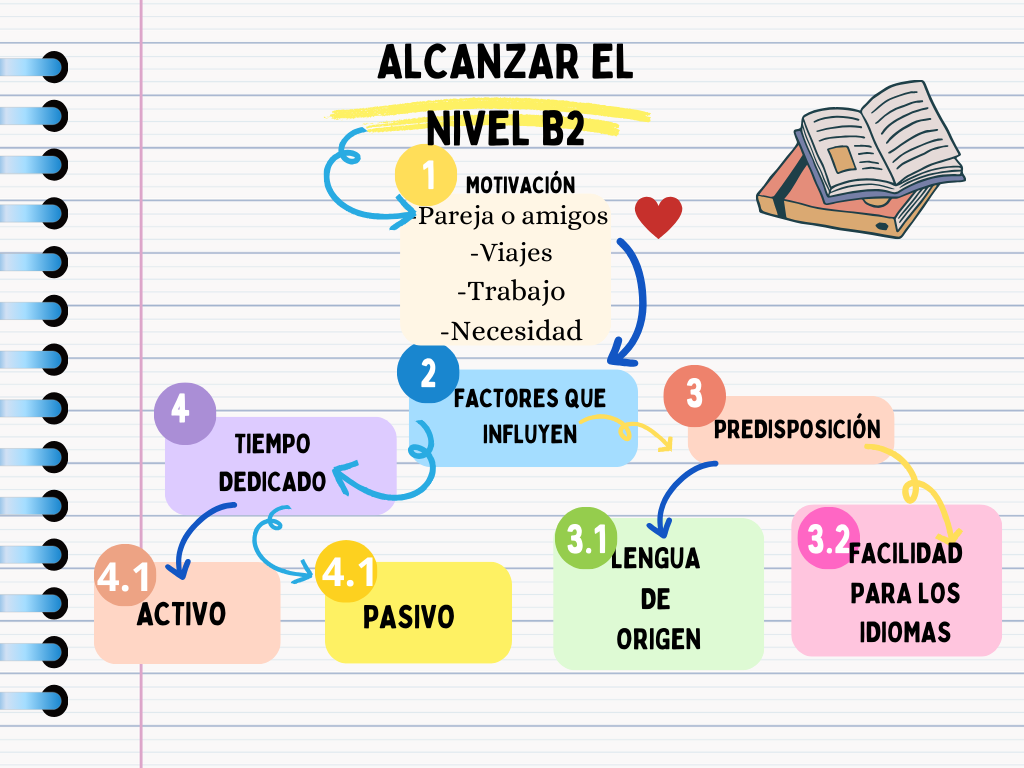






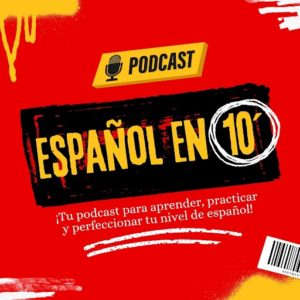

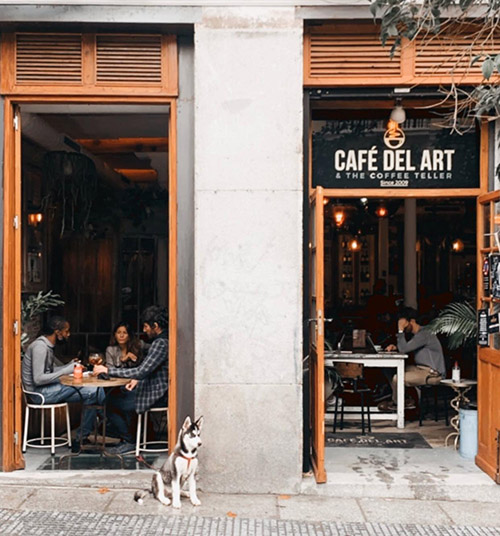

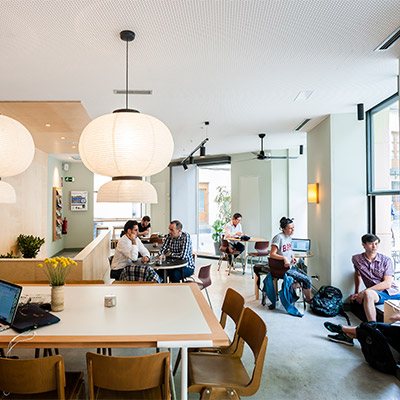
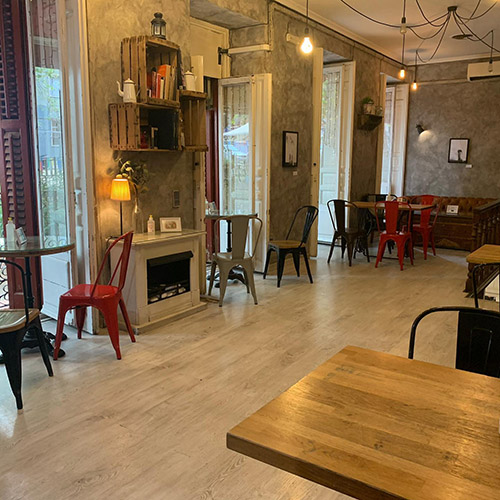


 As you already know, paella is a dry rice dish, with meat, fish, seafood, legumes, etc., typical of the Valencian Community.
As you already know, paella is a dry rice dish, with meat, fish, seafood, legumes, etc., typical of the Valencian Community.
 In addition, this day the most important literary prize in Spanish is awarded, the
In addition, this day the most important literary prize in Spanish is awarded, the 
 As we have mentioned previously, the nap is a time of rest and relaxation, which allows you to regain strength for the afternoon, thereby significantly increasing performance. We all need time to rest throughout the day.
As we have mentioned previously, the nap is a time of rest and relaxation, which allows you to regain strength for the afternoon, thereby significantly increasing performance. We all need time to rest throughout the day.







